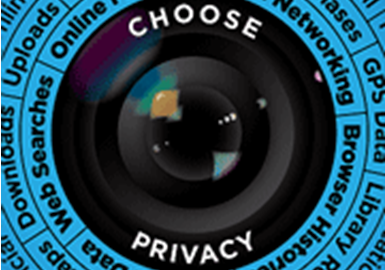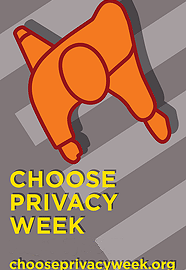School Library Journal recently highlighted our upcoming 4T Virtual Conference on Data Literacy in an article by Linda Jacobson. Our new online conference on July 14 and 15 will provide guidance for librarians and educators teaching data literacy to students. We are excited to be featured in SLJ and to launch our conference!
As SLJ’s article describes, the 4T Virtual Conference on Data Literacy will provide support for teaching data literacy skills to students. Statistics and data are everywhere, but do students understand and effectively use them? Building students’ skills will help them be good consumers of data and statistics. From our conference, librarians and educators can gain skills to equip their students. Conference sessions will focus on high school, and all are welcome to attend. Interested? Register on our website here!
This online conference is not the only part of our work! 4TDL is a piece of our two-year project. We will publish a handbook with rules of thumb and mini-lessons about data literacy for librarians and educators. Team member Connie Williams and Co-Principal Investigators Kristin Fontichiaro and Jo Angela Oehrli reflect on our project in SLJ:
Connie Williams, a teacher librarian at Petaluma High School in Petaluma, CA, and one of the educators working on the project, says that understanding data is important for using grading systems and looking at standardized test results.
“It’s important to be able to ask the right questions so that we can get the answers that inform great changes,” she says, adding that teaching students to properly evaluate the data they see every day is a “huge part” of media literacy. “In today’s connected world there are so many memes, data points, and headlines that promote arguments, persuasions, or points of view, and kids have to be able to sift through the numbers and beautiful graphics to gather the evidence that supports the argument.”
In addition to two virtual conferences—this year and next—the project will also provide librarians with a handbook of background information, basic rules for using data and mini-lessons developed by teams of data and curriculum experts. The intent is to give librarians ideas that they can easily weave into the lessons they are already teaching.
A mini-lesson might “cover a quick intro to a census data tool so that students could find reliable population stats,” says Jo Angela Oehrli, a co-principal investigator and an associate librarian in the University of Michigan Library. “Another lesson might be an infographic-of-the-day lesson where students dissect the meaning of a visualization.”
In each chapter of the handbook, Fontichiaro adds, authors are providing “quick recipes” for how educators can include data and statistics into their practice. “So whether you have five minutes, 30 minutes or multiple days, you’ll have ideas for how you can build your students’ skills over time,” she says.
Professional development materials, such as webinars and discussion questions, will also be developed as part of the project.
“If even one librarian says ‘I don’t tell students to skip the statistics part of articles anymore,’” Fontichiaro says, “we’ll have done our job.”
Join us for 4TDL!






